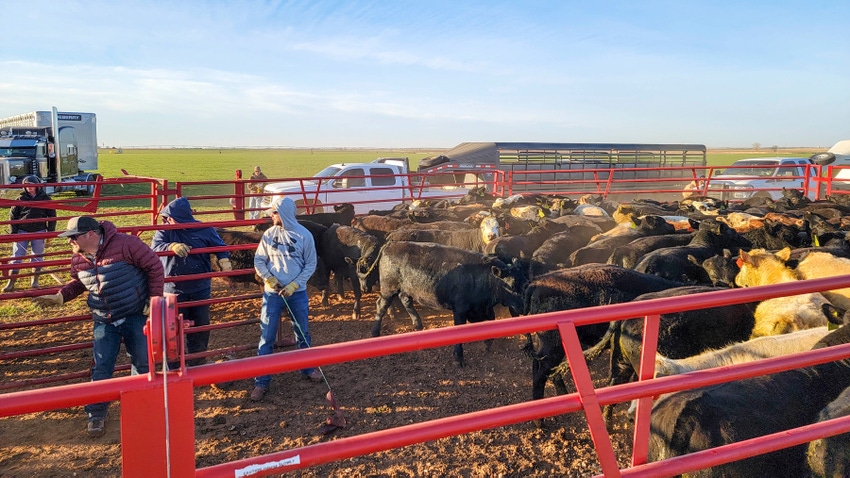Safeguarding Success: Bagley Risk Management Solutions
Safeguarding Success: Bagley Risk Management Solutions
Blog Article
Comprehending Animals Danger Protection (LRP) Insurance Policy: A Comprehensive Overview
Navigating the world of livestock threat protection (LRP) insurance can be a complex endeavor for many in the farming sector. From how LRP insurance policy works to the various protection choices readily available, there is much to reveal in this comprehensive guide that could potentially shape the means livestock manufacturers approach danger management in their services.

How LRP Insurance Coverage Works
Periodically, understanding the auto mechanics of Animals Risk Protection (LRP) insurance can be complicated, but breaking down exactly how it functions can provide clarity for farmers and breeders. LRP insurance is a risk management device designed to safeguard animals producers against unexpected cost decreases. It's important to note that LRP insurance policy is not a revenue warranty; rather, it focuses exclusively on cost danger security.
Qualification and Insurance Coverage Options

When it comes to insurance coverage alternatives, LRP insurance policy uses producers the adaptability to select the protection level, coverage period, and recommendations that ideal match their threat monitoring demands. By understanding the eligibility requirements and protection alternatives readily available, animals manufacturers can make informed decisions to manage threat successfully.
Advantages And Disadvantages of LRP Insurance Coverage
When evaluating Animals Danger Security (LRP) insurance, it is essential for animals producers to weigh the disadvantages and benefits integral in this threat administration tool.

One of the main benefits of LRP insurance is its capacity to provide security against a decrease in animals prices. Additionally, LRP insurance policy provides a level of flexibility, enabling producers to personalize coverage degrees and policy durations to match their particular requirements.
One constraint of LRP insurance is that it does not protect versus all types of risks, such as illness episodes or natural catastrophes. It is crucial for manufacturers to thoroughly assess their specific danger direct exposure and financial scenario to establish if LRP insurance policy is the ideal risk monitoring tool for their procedure.
Comprehending LRP Insurance Premiums

Tips for Taking Full Advantage Of LRP Conveniences
Optimizing the advantages of Livestock Danger Protection (LRP) insurance coverage calls for strategic planning and proactive danger monitoring - Bagley Risk Management. To take advantage of your LRP insurance coverage, take into consideration the adhering to suggestions:
Routinely Examine Market Problems: Remain notified concerning market trends and price changes in the animals sector. see page By monitoring these factors, you can make educated decisions regarding when to purchase LRP insurance coverage to shield versus possible losses.
Establish Realistic Insurance Coverage Levels: When picking protection levels, consider your production expenses, market price of livestock, and potential risks - Bagley Risk Management. Setting reasonable protection levels ensures that you are adequately protected without paying too much for unnecessary insurance
Diversify Your Coverage: Rather than counting only on LRP insurance, consider diversifying your risk administration methods. Integrating LRP with other risk monitoring devices such as futures agreements or choices can supply detailed protection against market unpredictabilities.
Testimonial and Change Protection Regularly: As market problems alter, periodically evaluate your LRP coverage to guarantee it aligns with your present danger direct exposure. Readjusting protection levels and timing of acquisitions can help maximize your threat security technique. By adhering to these ideas, you can maximize the advantages of LRP insurance coverage and protect your livestock procedure against unanticipated risks.
Final Thought
To conclude, livestock danger defense (LRP) insurance policy is a beneficial device for farmers to handle the financial dangers associated with their livestock operations. By recognizing how LRP functions, eligibility and protection alternatives, as well as the pros and cons of this insurance policy, farmers can make educated choices to protect their livelihoods. By very carefully considering LRP premiums and carrying out strategies to maximize benefits, farmers can alleviate potential losses and guarantee the sustainability of their procedures.
Animals manufacturers interested in getting Livestock Danger Defense (LRP) insurance coverage can discover an array of qualification criteria and Full Report protection choices customized to their specific livestock procedures.When it comes to insurance coverage alternatives, LRP insurance policy offers producers the versatility to select the protection level, protection period, and endorsements that best match their risk management requirements.To grasp the ins and outs of Animals Threat Security (LRP) insurance completely, comprehending the variables influencing LRP insurance coverage costs is essential. LRP insurance premiums are determined by various components, consisting of the coverage degree selected, the expected cost of livestock at the end of the protection duration, the kind of livestock being guaranteed, and the length of the insurance coverage period.Review and Adjust Coverage On a regular basis: As market conditions change, occasionally evaluate your LRP coverage to ensure it aligns with your current risk direct exposure.
Report this page